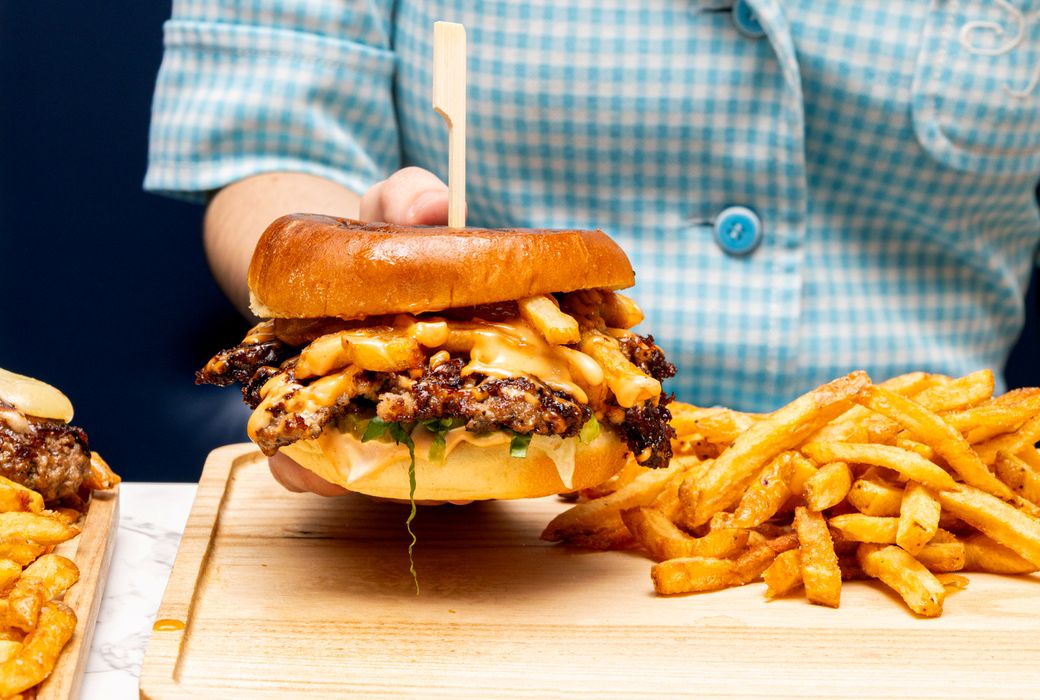Seven Lives
Seven Lives is synonymous with Baja-style tacos, for good reason. The tiny Kensington Market spot often has a lineup snaking out the door as hordes of hungry taco seekers wait for their very own Gobernador, the place's signature dish.
Owner Sean Riehl started the place as pop-up, but has since expanded his reach with his storefront eatery and a vegan-friendly dessert spot across the street.
And while paletas, Dole Whip floats and cold horchata are definitely delicious, at the original Seven Lives, it's all about the taco menu.
Riehl tells me that his concept hasn't changed since he first opened in the market. He's changed up his menu and recipes a bit, but he's still committed to using fresh ingredients in his tacos - he and his team make everything in house, except the tortillas. He admits, however, that he's a lot busier now.
And it's easy to see why. Here, the famous Gobernador stands out thanks to a generous portion of house-smoked tuna, grilled shrimp and cheese.
The Baja fish taco ($5), with deep-fried mahi-mahi, pico de gallo and cabbage, looks scrumptious, but I find it a bit dry. Though I'm all around more of a grilled fish fan.
Perhaps that's why I can't stop picking at the black pepper marlin taco ($5), which comes topped with a creamy avocado sauce. For meat lovers, there are also tacos with pork (al pastor and carnitas) on offer. Vegetarians can satisfy themselves with a mushroom and cactus taco that's actually pretty indulgent.
If want to add a little heat to your meal, you can load all of your tacos with a trio of made-in-house spicy salsas.
To keep up with current food trends, Riehl added Hawaiian-style poke ($10) to the menu. Seven Lives serves its take on this trendy dish with hot, crispy tortilla chips and a generous helping of guacamole. I'd definitely recommend sharing it, but then again, you may want all of the salmon sashimi salad for yourself.
While Seven Lives makes for a cheap, cheerful and delicious lunch, snack or dinner, be prepared to eat your tacos on the run as there's not much seating inside. Though you'll probably devour your whole meal as soon it's ready before you venture back into the market.
Jesse Milns








